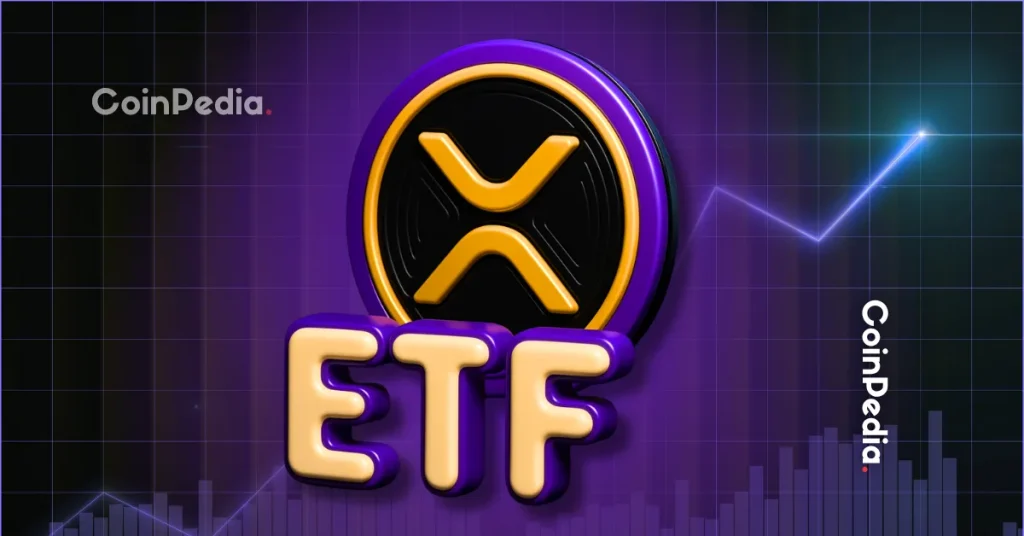ARTICLE AD BOX

You’d think there was nothing new to invent when it comes to stablecoins. Provided they retain their fiat peg, are fully backed, and fully audited, they simply need to exist. And for a long time, this assessment held true. Short of some bold – and ultimately unsuccessful – experiments with algorithmic stablecoins, the sector has seen little that could be described as genuine innovation over the last five years.
But in 2025, that appraisal no longer holds true. A combination of clearer regulatory standards, greater institutional adoption, and public awareness (here’s looking at you, CRCL) has placed stablecoins center stage within the crypto landscape. Across Layer 1 and 2 chains, teams are working away on solutions intent on elevating stablecoins into much more than a universal unit of account.
While the primary function of stablecoins remains as a crypto hedge and base currency for trading, their use cases are poised to dramatically expand. And in the process, so will the number of users leveraging these dollar-pegged tokens for everything from remittances to yield generation. Stablecoins are about to get interesting.
From Unstable to Highly Stable
With a market cap of over $250B today, stablecoins are the backbone of the crypto landscape. Only two crypto assets – BTC and ETH – have a greater capitalization than the stablecoin sector. At current growth rates, the total cap of stablecoins is on course to surpass ETH before the end of the year. Given how accustomed crypto users have grown to utilizing stables for trading, saving, and payments, it’s easy to forget that this $250B sector has only existed for little more than a decade.
Until Tether – the first mainstream stablecoin – arrived in 2014, crypto traders had limited options when it came to hedging. DEX trading had yet to get going at this stage, so all trading was conducted on centralized exchanges. You could buy Bitcoin and, if the platform supported fiat markets, you could sell Bitcoin in order to cash out but that was about it. Many exchanges didn’t even have fiat onramps at that point in time, leaving users with no means of riding it out when the market went south.
Fast forward to the present day, and an entire onchain ecosystem composed of hundreds of networks and thousands of protocols has emerged, each dominated by stablecoin flows. Scarcely a day seems to go by without a major stablecoin such as Circle or Tether minting another $1B of stables on a particular chain, be it TRON or TON.
A Crypto Cornerstone
While the stablecoin sector is now expanding greatly, buoyed by largely favorable regulation such as the GENIUS Act, its dominant use case remains as a base currency for trading. Few users denominate their trades in BTC or ETH nowadays – it’s all calculated in dollar-based stables.
The ongoing bull market has been kind to crypto traders, but it’s not been without its drawdowns and systemic shocks, ranging from industry drama to geopolitical conflicts. And when the market turns red, stables remain the first port of call for millions. “Market recalibrations typically begin with a flight to stability,” observes DWF Labs Partner Lingling Jiang. “Investors commonly position in stable-yielding instruments as staging areas while evaluating broader portfolio reallocations across risk assets.”
The first function demanded of stablecoins hasn’t changed in that respect. But it’s increasingly being complemented by secondary and tertiary functions that are elevating stablecoins into much more than merely safe haven assets.
Where Next for Stables?
At this year’s EthCC conference in Cannes, France, there’s a three-day event dedicated to stablecoin development. Stablecoin House entails a seaside villa being converted into an open coworking space and builder house that will unite stablecoin-focused developers and operators. There’ll be talks from teams working on stablecoins as well as workshops and panels covering everything from liquidity to compliance and off-ramping.
All signs point to Stablecoin House being one of the most in-demand side events at this year’s EthCC, attracting teams working on integrations with payments, DeFi, and privacy. Now that regulators have abandoned all threats of banning or heavily restricting stablecoins, the sector is booming. And this growth isn’t merely reflected in onchain volumes and capitalization – it’s also seen in the caliber of teams gravitating towards the sector.
While it’s too early to say which stablecoin verticals will join trading and hedging to become a dominant use case, there are certainly clues. AI agents are the obvious one: there’s now widespread acknowledgement that the agentic economy needs to be omnichain and thus needs a universal unit of account with USDC the likeliest candidate for settling payments between agent creators and operators.
They’re also starting to play a vital role in anchoring the RWA economy, which is now approaching a $25B TVL. The ability for institutions and professional investors to use instruments such as T-bills and equities as collateral, before borrowing stables and using them for trading and yield generation, is a genuine game-changer. Tokenized RWAs simply wouldn’t have been possible without stables, whose composition is now greatly expanding as new representations of TradFi assets are created onchain.
Finally, on the consumer side, stables are increasingly being integrated into payment systems, not just within web3 but also by traditional banks and financial providers. Innovations in this domain, leveraging core blockchain technology such as ZK-proofs, is bringing greater financial privacy while still enabling platforms to maintain compliance. Crypto payments are likely to remain a subset of onchain commerce, which is poised to be overwhelmingly driven by stablecoin flows.
They’ve been through their unregulated and experimental phase. They’ve survived their regulatory and institutional awareness phase. And now stables are entering a new phase characterized by emerging use cases and deep integration as they permeate the apps, services, and money markets we use every day. It’s no exaggeration to state that stables are now the frontier where crypto innovation occurs.
.png)
 4 months ago
5
4 months ago
5








 English (US)
English (US)